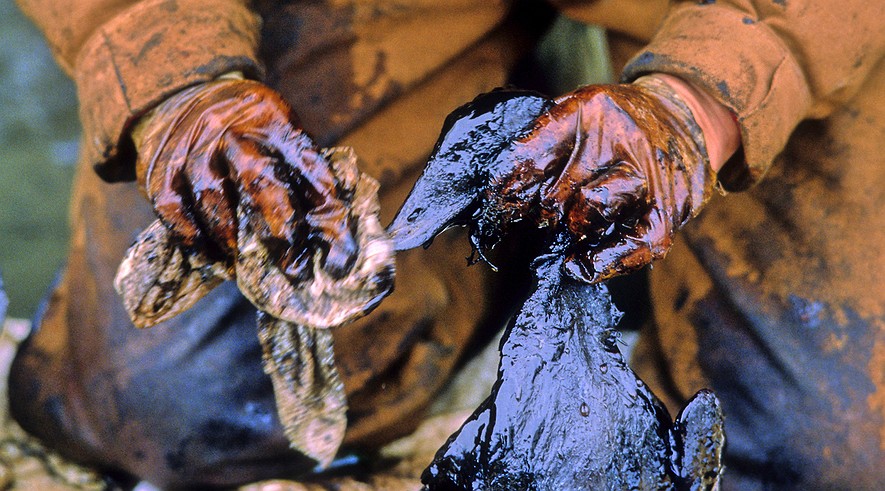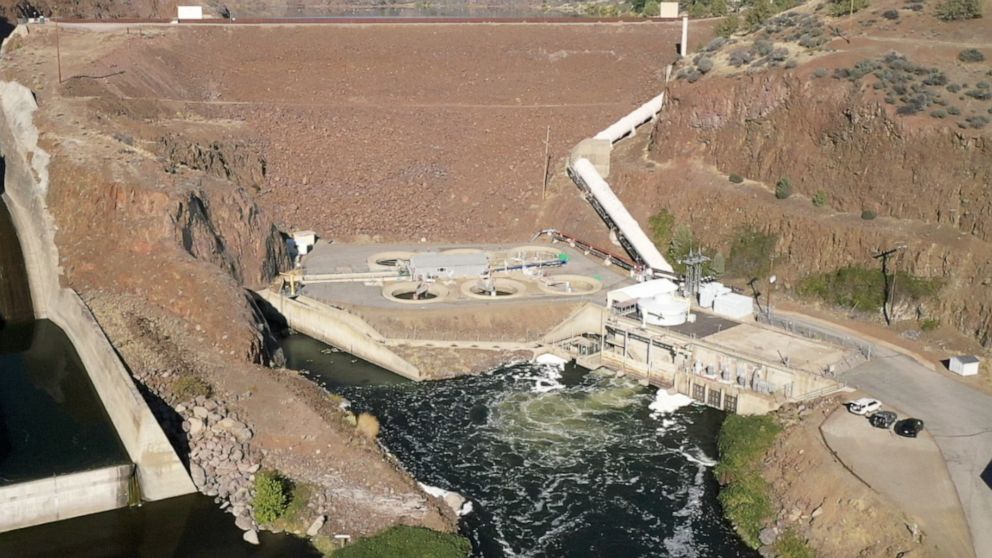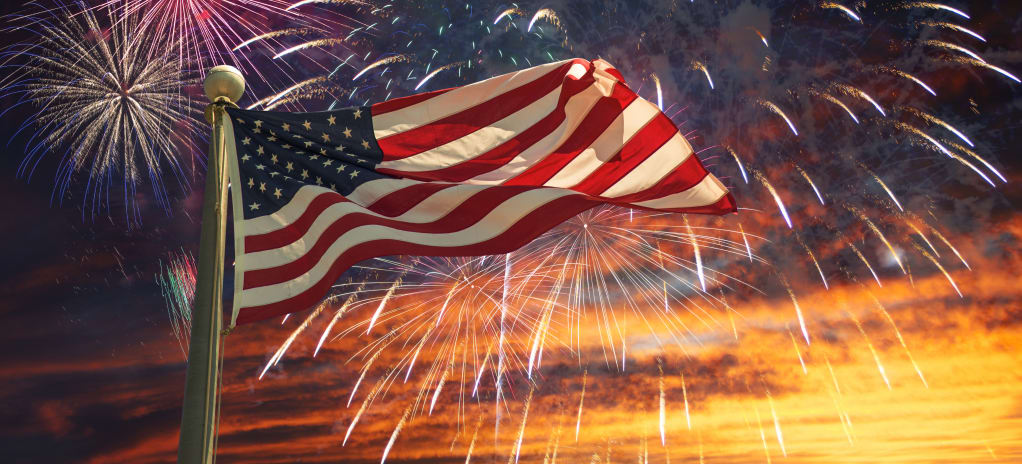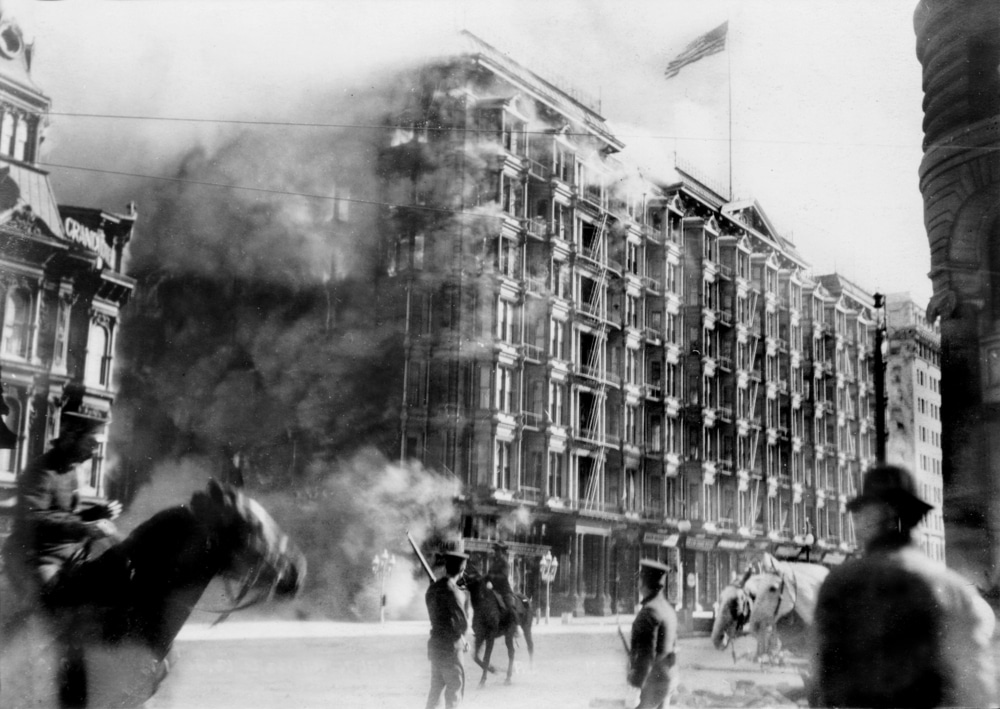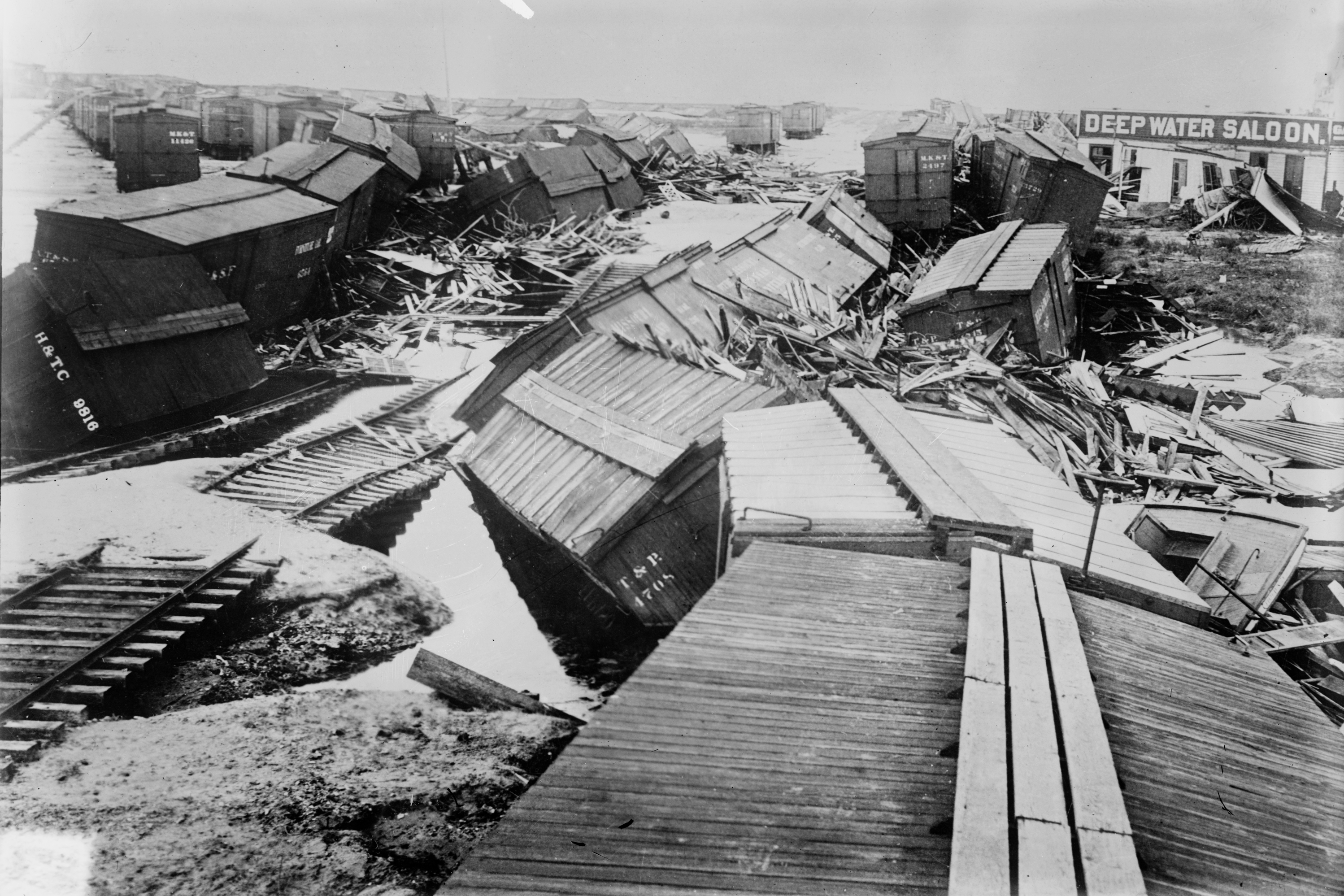This is the final part of the series of disastrous events in American History. These disasters have accounted for thousands of deaths and even more emotional anguish than we could imagine.
On the evening of March 24, 1989, an Exxon Valdez oil tanker entered Prince William Sound in Alaska after departing the Valdez Marine Terminal full of crude oil. Around 12:04 am, the ship struck a reef, the hull tore, and 11 million gallons of oil were released into the environment. While Exxon and the Alyeska Pipeline Company made efforts to contain much of the spill, it was futile. A storm blew in and spread the oil widely.
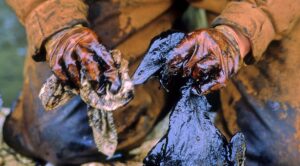
Soon after, over 1,000 miles of coastline were fouled, and hundreds of thousands of animals died. Exxon paid billions in cleanup costs and fines and remains tied up in court cases to this day. The captain, Joseph Hazelwood, was acquitted of being intoxicated while at the helm but convicted on a misdemeanour charge of negligent discharge of oil, fined $50,000, and sentenced to 1,000 hours of community service. Though the oil has mostly disappeared from view, many Alaskan beaches remain polluted to this day; crude oil remains buried just inches below the surface.
This disaster resulted in the International Maritime Organization bringing the comprehensive marine pollution prevention rules (MARPOL) through various conventions into place.
This spill had long-term and short-term effects on the people of Prince William Sound. More than 200,000 seabirds, at least 2,800 sea otters, about 12 river otters, 300 harbour seals, 247 bald eagles, 22 orcas and an unspecified amount of salmon and herring died from the effects of the oil spillage.
The United States Congress, in response to the spill, passed the Oil Pollution Act of 1990 (OPA). This legislation included a clause prohibiting any vessel that, after March 22, 1989, has caused an oil spill of more than 1 million US gallons in any marine area from operating in Prince William Sound.
The OPA bill also set in place a schedule to gradually replace the single-hull design of ships with a double hull design as they provide an additional layer between the oil tanks and the ocean.

